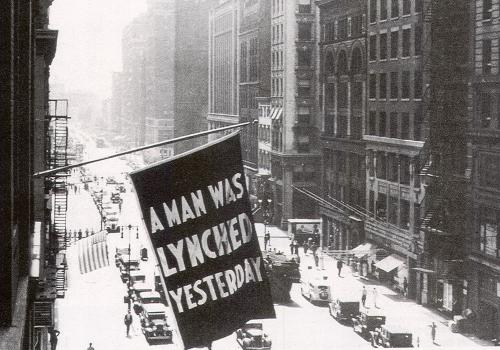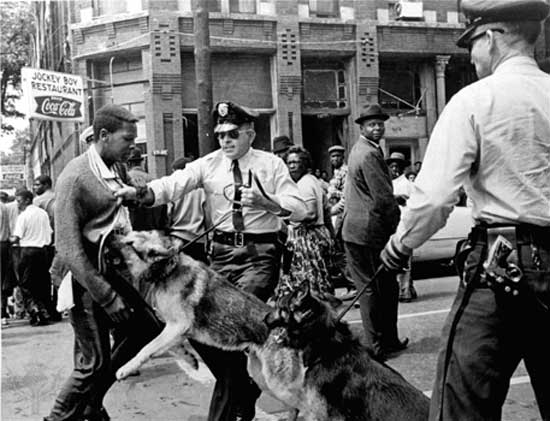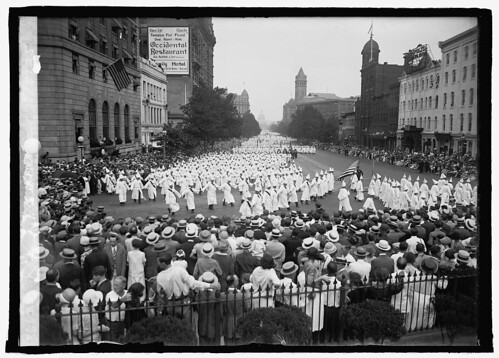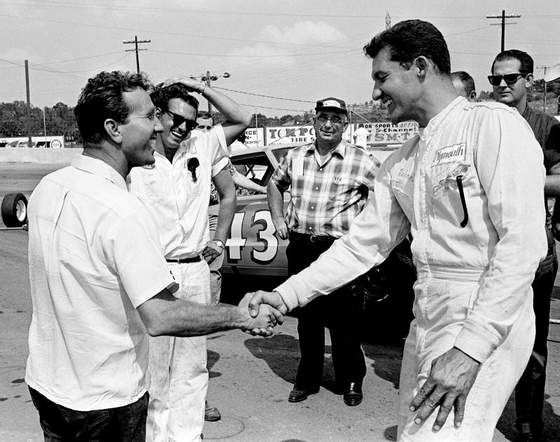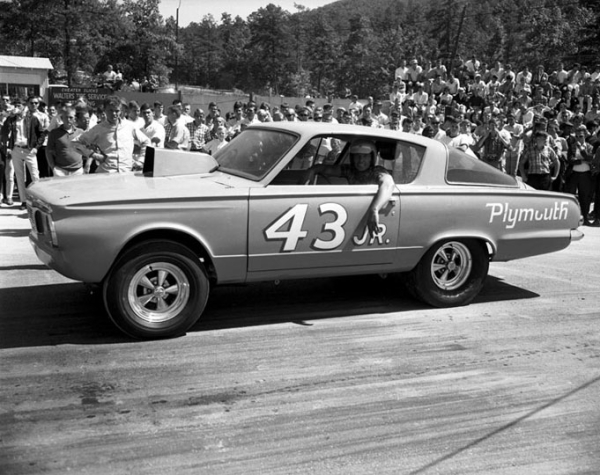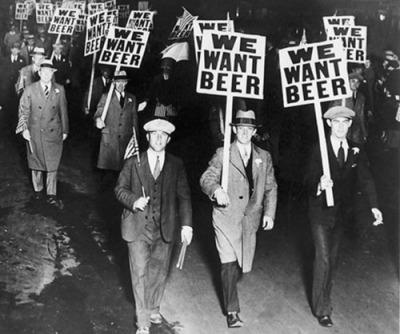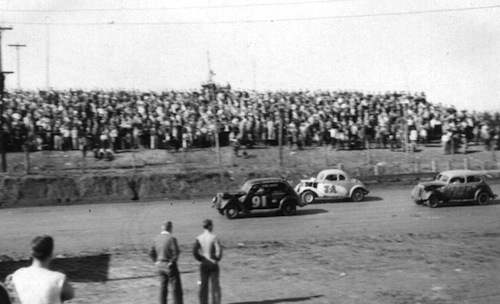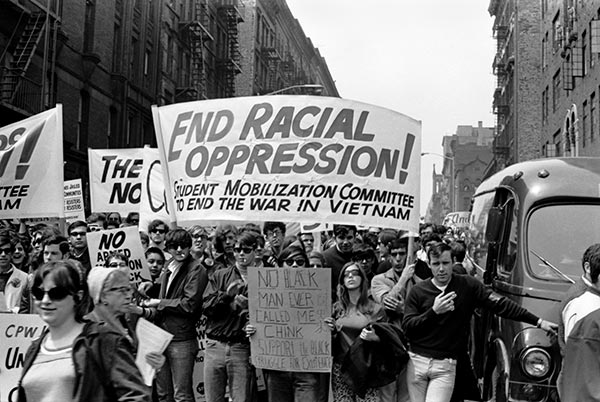Today is the fifth day of Kwanzaa, the seven-day African American cultural celebration which recognizes the living practices that inspired African ancestors in America's racially-rigid social and economic structure. Each day, Kwanzaa observers act within one principle that ranges from unity to collective empowerment to faith. The fifth principle is "nia" or purpose. This is a fitting context to present our final blog post for the Without Sanctuary: Lynching Photography in America exhibit.
 |
This community response quilt has grown throughout the exhibition
and features comments from visitors about how they will make a
difference in Charlotte and beyond. |
Afterward, the education team reviewed the transcripts and input from these listening sessions.
Three over-arching themes and many programmatic suggestions emerged from the sessions. In particular:
1.) Present the historic racial landscapes. As we acted on this purpose, it included partnering with UNC Charlotte's Center for the Study of the New South which held its Conference on Lynching in October.
2.) Acknowledge the emotional echoes. The museum used this theme as a way to bring in the artistic and personal connections to the history of lynching. We began with the artistic interpretations of John Love (featured in the exhibit) as well as the opening ceremony comprised with the help of Donell Stines, the band A Sign of the Times, dancer Donald Colson and spoken word artist/producer Quentin "Q" Talley who each brought a unique point of view to the public reception.
3.) Connect with other institutions and organizations exploring current social sanctuary such as the Harvey B. Gantt Center for African American Arts + Culture and the Mint Museum of Art, both of which joined us to coordinate the once-in-a-lifetime opportunity to bring students and the community to see Without Sanctuary, the Gantt's America: I AM and the Mint's Hard Truths: The Art of Thornton Dial exhibits the only weekend all three exhibits were still up. Mecklenburg Ministries and Theatre Charlotte were also identified as early partners.
For months leading up to and throughout the Without Sanctuary exhibit, we used the three themes to inform our programmatic scope. Ultimately, we collaborated with many more entities in the Charlotte community from educational groups to media outlets, social clubs and nonprofit organizations to large corporate sponsors.
In the end, the themes have allowed the exhibit to generate in our community a collective sense of purpose and wide-ranging call to action that hit at both the personal and organizational levels.
Today, Sunday, Dec. 30, at 4 p.m. the museum will host a closing ceremony for Without Sanctuary. The Sycamore Project will present "Blood on the Field" an artistic closing featuring dancers, drummers as well as candle-lighting ceremony.
Join us this afternoon as we make one final addition to our Without Sanctuary offerings and conclude in a way that links back to our original purpose and reminds the community to consider its own purpose going forward.
Join us this afternoon as we make one final addition to our Without Sanctuary offerings and conclude in a way that links back to our original purpose and reminds the community to consider its own purpose going forward.




.jpg)




